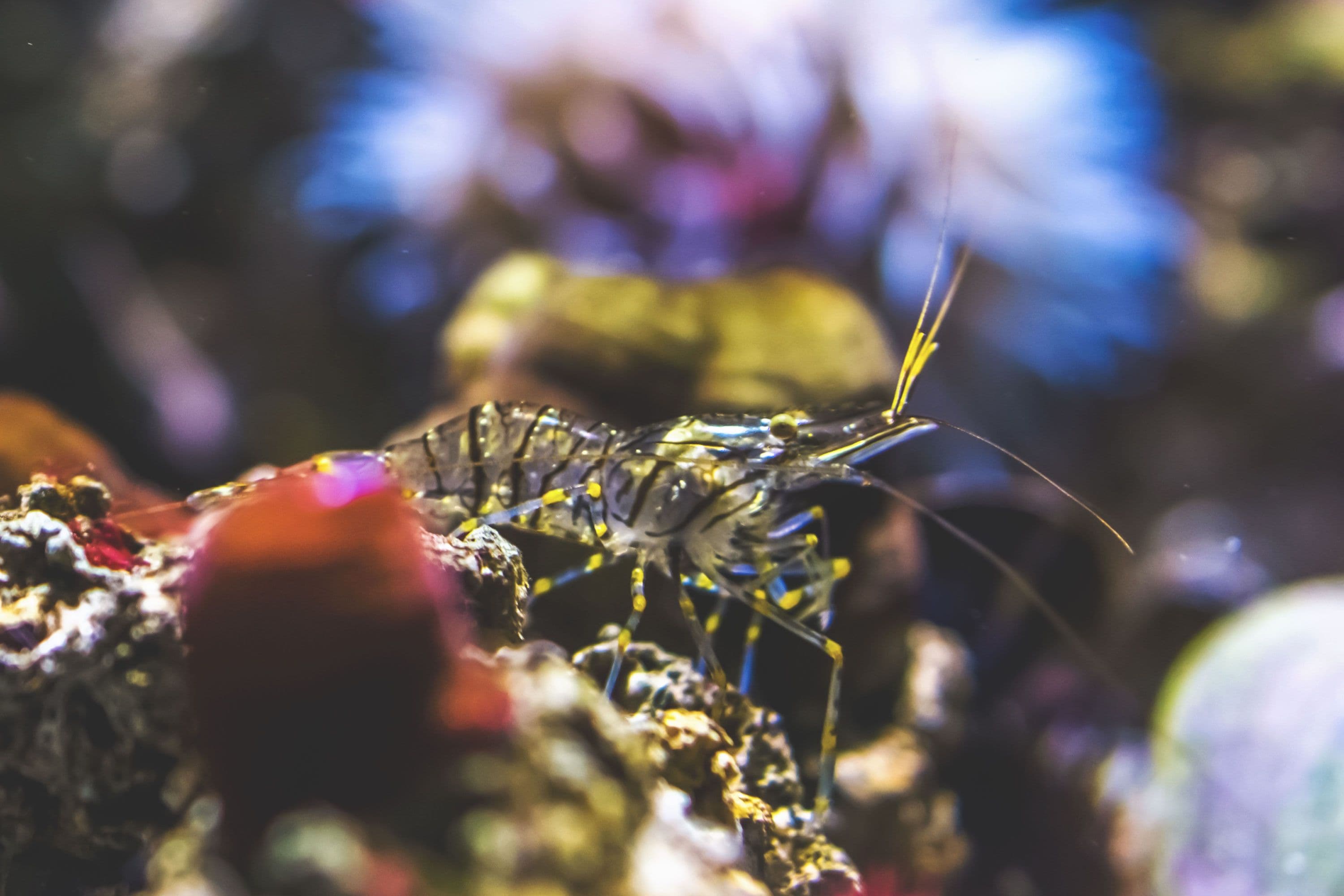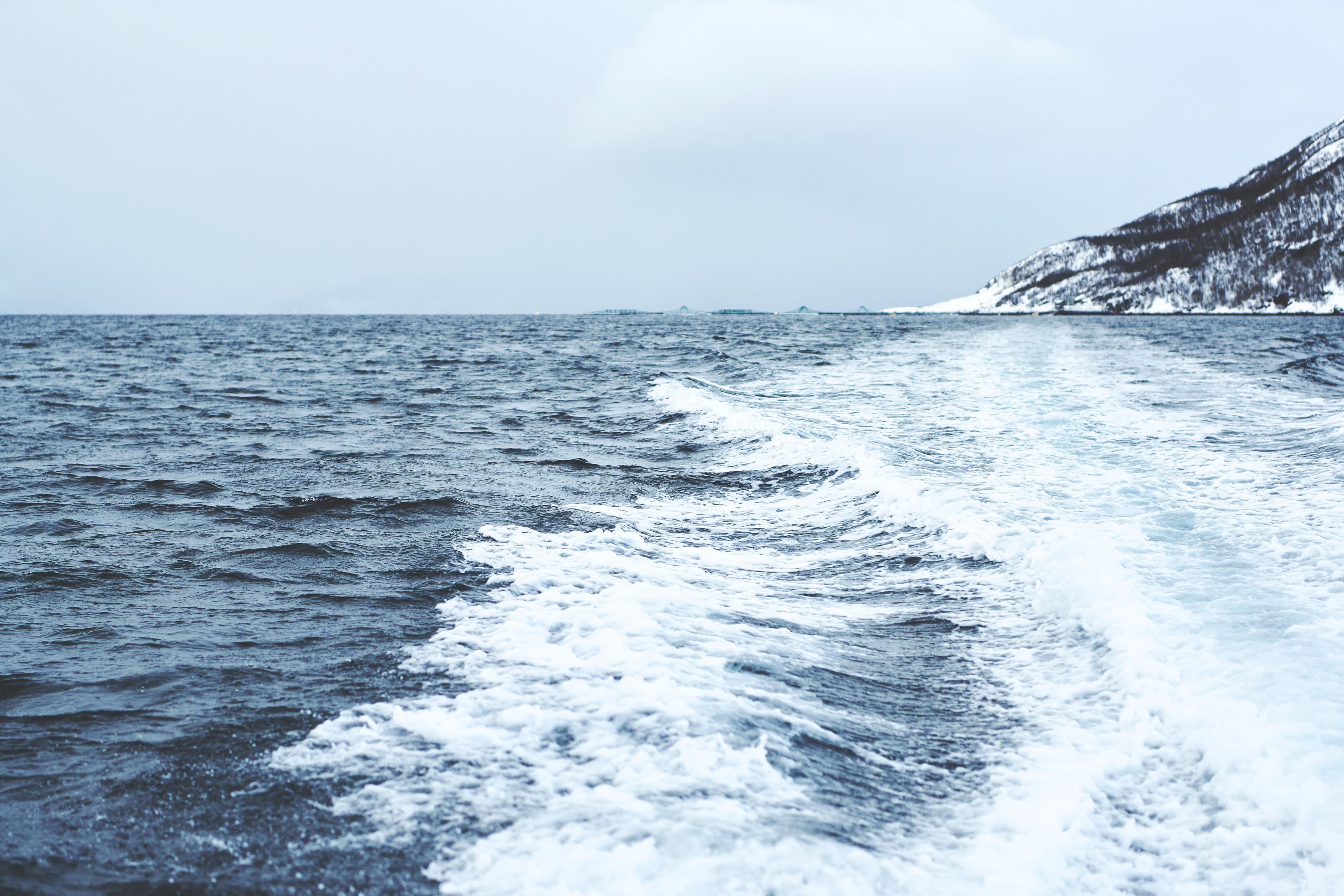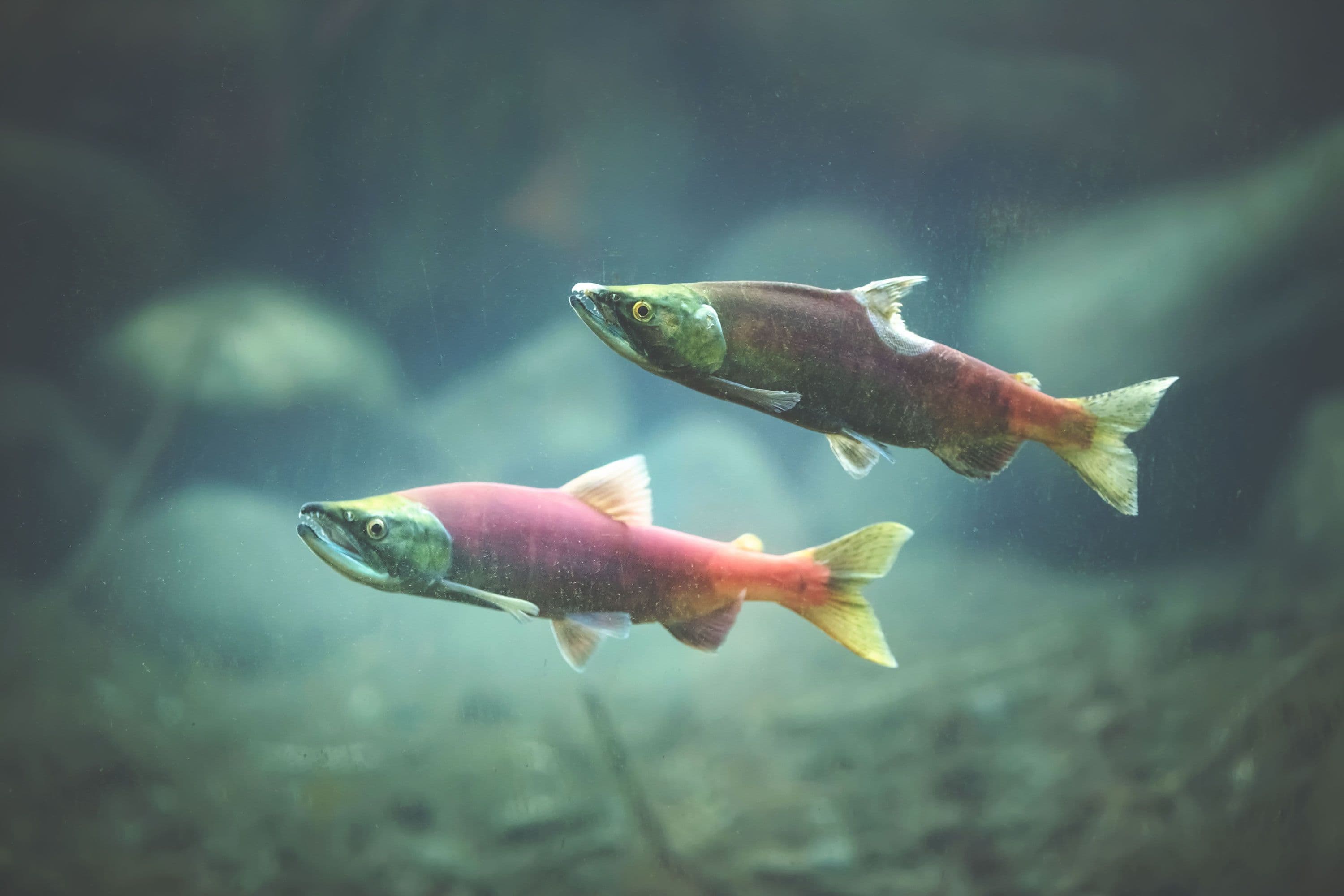
Laboratory tests show that sea lice medicines may impact crustaceans if these species come into contact with it. Some medicines may make an impact even in smaller doses. However, it is uncertain whether crustaceans actually do come into contact with sea lice medication after treatment in the ocean, because factors like currents, temperature, and other natural aspects impact how the substances break down. More research to improve our knowledge is underway.
In any case, we are working to avoid using sea lice medicines. Use of such medication has declined significantly in recent years in the industry. In line with the precautionary principle, Norway has also prohibited the release of sea lice treatment baths near shrimp fields.
Grieg Seafood prefers to use preventive and biological sea lice measures rather than medical and non-medical treatments. Harvesting will always be considered when sea lice-infected fish are close to harvestable weight. We adhere to the following principles for use of sea lice treatments:
- Sea lice measures are based on IPM (Integrated Pest Management) principles. A multifaceted approach will give improved results and reduce the risk of sea lice becoming resistant.
- Minimize use of pharmaceutical treatments methods that discharge treatment water into the sea. Pharmaceutical lice treatments are acceptable in clean treatment systems, which purify the treatment water before it is discharged back into the ocean.
- Non-medical treatments are preferred if they provide an acceptable level of fish welfare. A risk assessment must be performed prior to any treatment. The treatment’s effectiveness and the risk of side effects on fish and the environment should be evaluated.
- Pharmaceuticals for sea lice treatments must be prescribed by authorized fish health personnel, and only medicines licensed for sea lice control should be used.
- Withdrawal periods for medicine use are rigorously controlled and documented.


